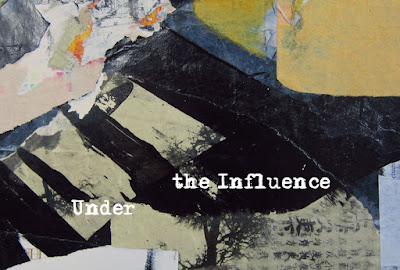I've seen a lot of movies since I came to Japan. Most of them have been Japanese films in Japanese without subtitles. A few have been American or French films with Japanese subtitles. I love スヌーピー (I love Snoopy, the Japanese title for the Peanuts Movie) is the first movie I've seen that has been dubbed. Because it is an animated feature, it is hardly noticeable and not really objectionable. And somehow, despite it's American origins, the voices are pretty spot on. The Japanese child actor, Fuku Suzuki, who does the voice of Charlie Brown is so convincing you almost believe this is a Japanese cartoon.
I realized halfway through the film my Japanese language ability is almost at the level of an 8-year-old child, the approximate age of Charlie Brown. I could understand about 50% of the dialogue. Or maybe it was just because I know these characters so well I could follow along fairly easily.
The Peanuts have been dear to me since I was 8-years-old. When I learned a new 3D CGI animated Peanuts movie was coming out I was skeptical. Charles Schulz was a master of simple lines, and even his first foray into animation with A Charlie Brown Christmas in 1965 did not compromise his wonderful style. There were a couple details I think missed the mark - Linus' hair, Woodstock's feathers and even Snoopy's fur. But overall it looked and felt like a Charlie Brown cartoon.
Mostly what pleased me and warmed my heart was director Steve Martino and writers Craig and Bryan Schulz (son and grandson, respectively of Charles) faithfulness to the time period of the original comic strip. For me, an old geezer, it could have gone completely off the tracks if they had tried to update the story and characters for an 8-year-old in 2015. There are no mobile phones in the movie, no computers, no video games, not even a television. The only slightly contemporary reference is a "bouncy tent" at the carnival; that and a few un-Peanuts dance moves. Charlie Brown and his pals play ice hockey, they fly kites, play hopscotch, read bound books from a library, they write on paper with a pencil. In one scene Charlie Brown gets tangled up in a telephone cord while talking to Peppermint Patty. It occurred to me that most of the audience would have no idea what that was.
It is a strange experience to see something like the Peanuts Movie in a foreign land in a foreign language 35 years after the last Charlie Brown feature film I saw in the theatre, and still feel so connected to these characters.
(sigh)








































